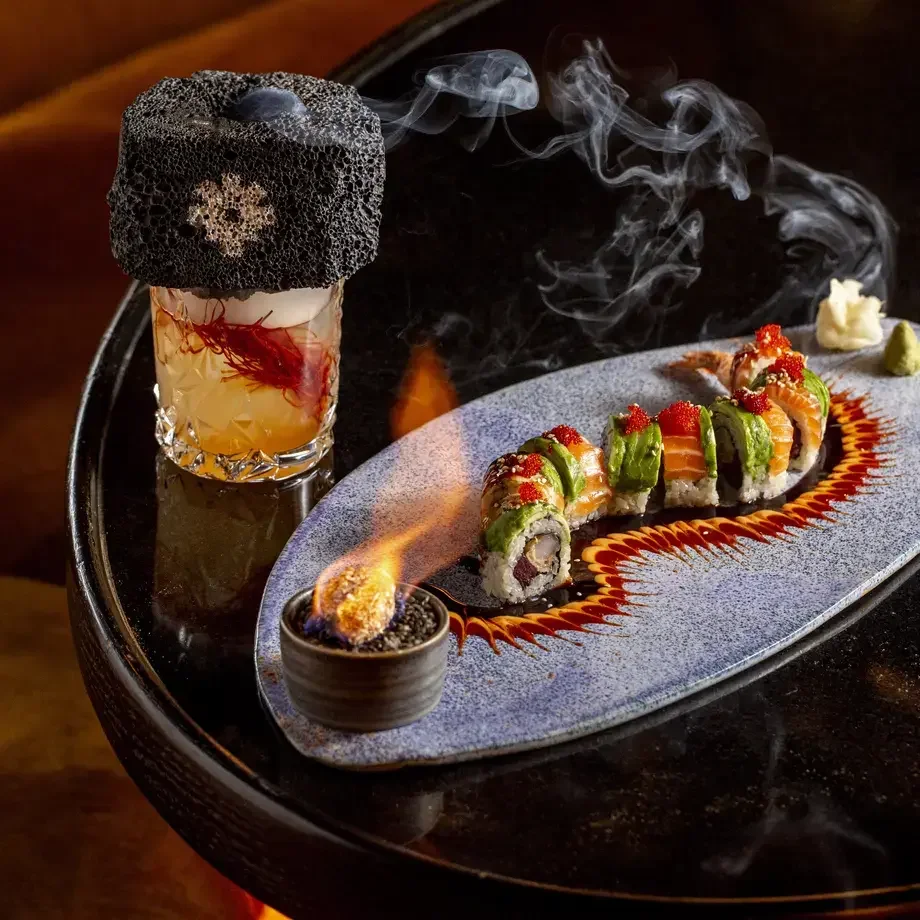There are around 40,000 different varieties of beans in the world today, but most of us will only ever try a few standard types that are mass-produced and easily available for consumption. Find out about the more common types of bean with our guide to different types of beans.
With the advent of modern farming techniques, beans, like most other food crops, have been selectively bred for high yield, disease resistance and weather resistance. This is partly driven by profit motives, and partly by the fact that beans are a staple food in many countries where failing crops would have huge consequences.
Mass-produced beans are not selected for flavour or nutritional value, however, and in recent years, people have begun seeking out beans that offer something a little different. Heirloom beans are trickier to get hold of than regular beans because, as the name suggests, some of them are known only to one family, or a small community.













